Oda Nobunaga was a charismatic warlord who dominated the Sengoku period of Japan. He was not only a ruthless and brilliant military strategist but also a revolutionary leader who redefined the country’s power structure. Nobunaga came close to unifying Japan under his rule, but his reign was marked by extreme policies, audacious reforms, and a merciless approach to governance. In this article, we will explore some of his most notorious episodes and how they changed Japan forever.
1. Destroying a Sacred Power: The Burning of Mount Hiei (1571)
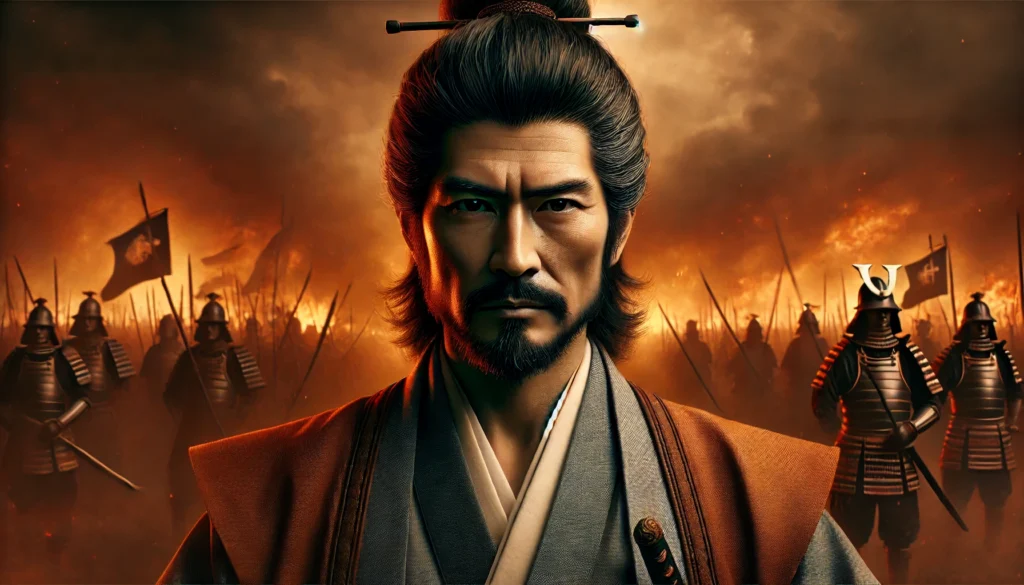
One of Nobunaga’s most infamous acts was the destruction of the powerful Buddhist stronghold, Mount Hiei (Enryaku-ji Temple). At that time, Buddhist temples were not just religious institutions but also political and military forces, often interfering in the affairs of feudal lords. The warrior monks of Enryaku-ji had significant military power, which threatened Nobunaga’s rule.
The Corrupt Power of Buddhism at That Time
• Armed Religious Forces: Many Buddhist temples had warrior monks (Sōhei) who could rival feudal lords in battle.
• Political Influence: Temples often supported or opposed daimyos (warlords), affecting the course of wars.
• Economic Domination: Temples controlled trade, owned vast lands, and were exempt from taxes, creating an unfair economic structure.
Seeing the temples as obstacles to national unification, Nobunaga decided to destroy Enryaku-ji completely.
What Made This So Insane?
• Nobunaga burned the entire temple complex to the ground, killing thousands, including women and children.
• This was unprecedented—even other warlords avoided attacking religious institutions.
• He reportedly mocked the monks, saying, “If your gods are so powerful, let them save you.”
While this act was ruthless, it was also a decisive move to end the unchecked power of religious institutions in Japan.
2. “Tenka Fubu” and the Revolution of Power
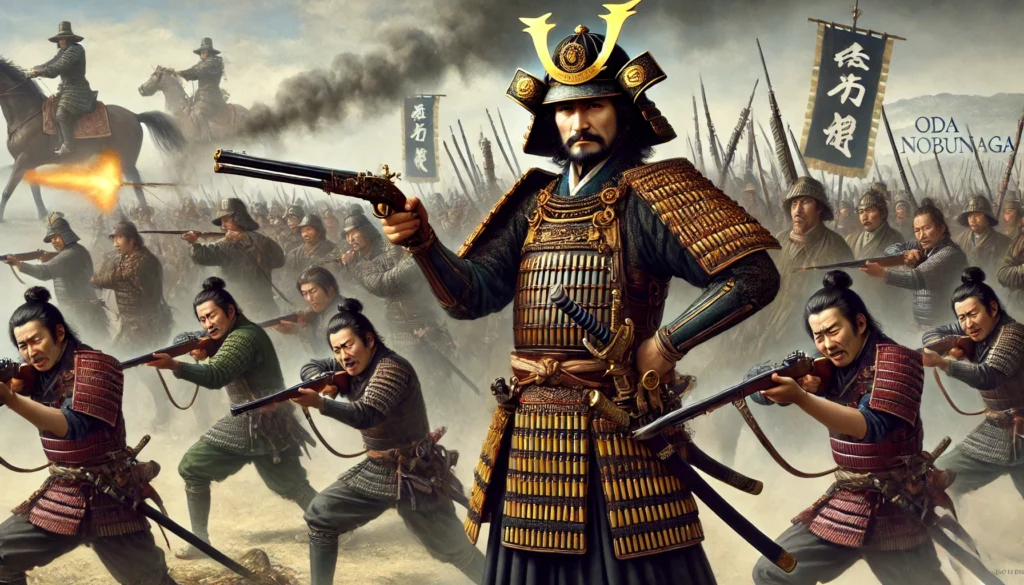
Nobunaga was not just a military conqueror; he was also a radical reformer. His guiding principle, “Tenka Fubu” (天下布武), roughly translates to “Bringing Peace to the Realm Through Military Power.” However, his vision was not just about war—it was about restructuring Japan’s outdated political system.
How Nobunaga’s Rule Was Revolutionary
• Meritocracy over Lineage: Unlike traditional warlords, he promoted talented individuals regardless of their birth status. (For example, Toyotomi Hideyoshi, a peasant, became his top general.)
• Eliminating Old Power Structures: He destroyed traditional aristocratic and Buddhist dominance over politics.
• Modern Warfare: Nobunaga was among the first to fully integrate firearms into military strategy, changing the nature of warfare in Japan.
Through these reforms, Nobunaga came closer than anyone before him to unifying Japan. However, his sudden downfall in 1582 left the job unfinished, and his successors, Hideyoshi and Tokugawa, completed what he started.
3. No Mercy for Defeated Enemies
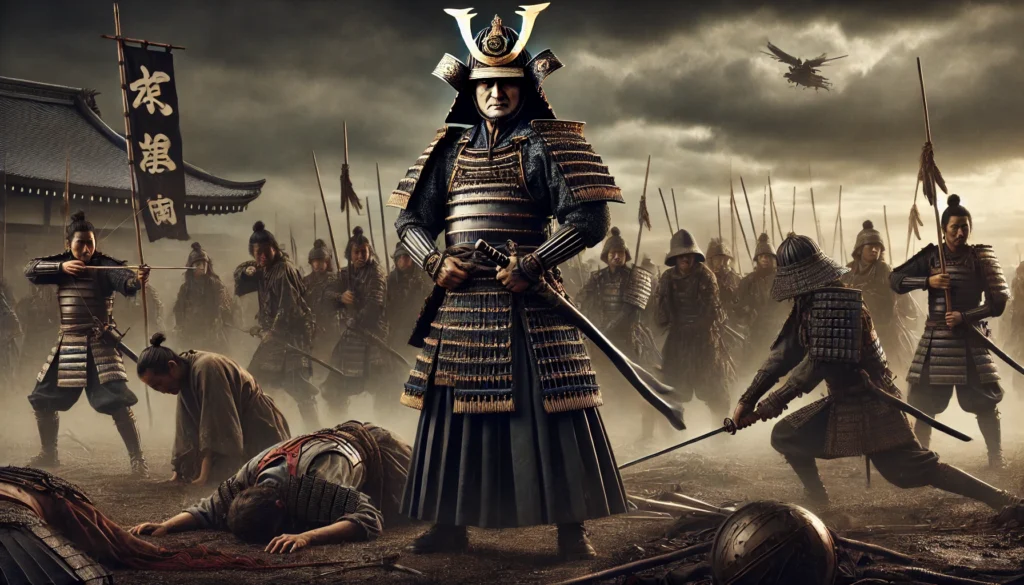
In the Sengoku period, it was common for defeated warlords to be spared and even employed by the victors. Nobunaga, however, showed no such mercy.
Brutal Examples of Nobunaga’s Revenge
• The Destruction of the Asai and Asakura Clans (1573)
→ After their defeat, Nobunaga celebrated by drinking sake from their severed heads in a gruesome victory banquet.
• The Fall of the Takeda Clan (1582)
→ After defeating Takeda Katsuyori, he executed nearly all surviving Takeda family members, ensuring they could never rise again.
• Harsh Punishments for Traitors
→ Nobunaga had zero tolerance for betrayal and executed any suspected traitors without hesitation.
His ruthless methods spread fear throughout Japan, making resistance against him all the more difficult.
4. Economic Genius: The “Rakuichi Rakuza” Policy
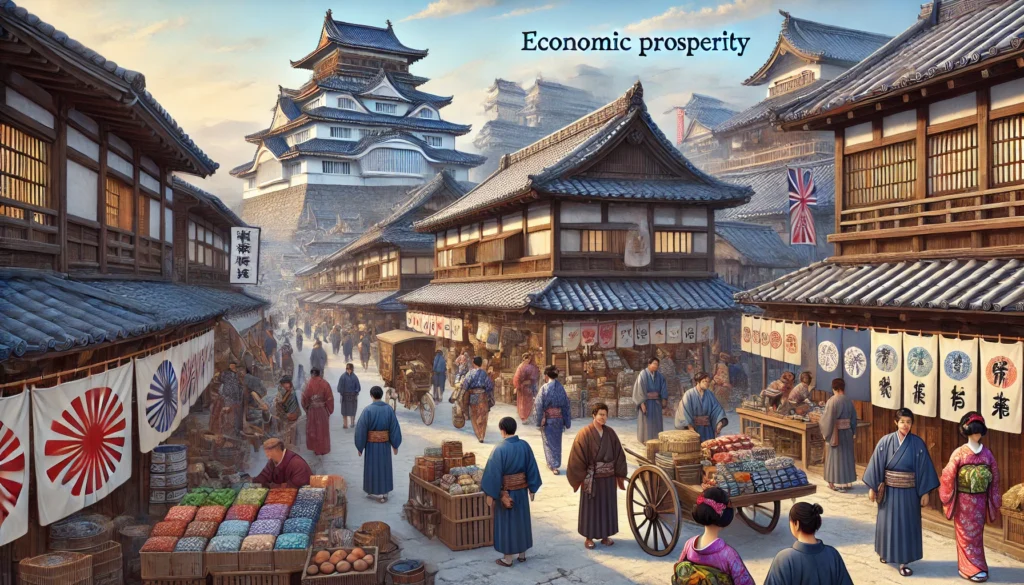
Nobunaga was not just a warrior—he was also a visionary economist. His most groundbreaking policy was “Rakuichi Rakuza” (楽市楽座), a system of free trade that broke the traditional economic monopoly of guilds.
How This Revolutionized Japan’s Economy
• Abolished Trade Monopolies → Before Nobunaga, certain merchants had exclusive rights to sell goods, limiting economic growth. Nobunaga abolished this system, allowing free trade.
• Eliminated Trade Barriers → He removed checkpoints and tolls that restricted the movement of goods, making commerce more efficient.
• Boosted Military Funding → By encouraging commerce, he secured stable tax revenues, which helped fund his military campaigns.
Nobunaga’s economic policies laid the foundation for the prosperous Edo period, proving that he was not just a warlord but a true nation-builder.
5. The Mysterious Death of Nobunaga: The Honno-ji Incident (1582)
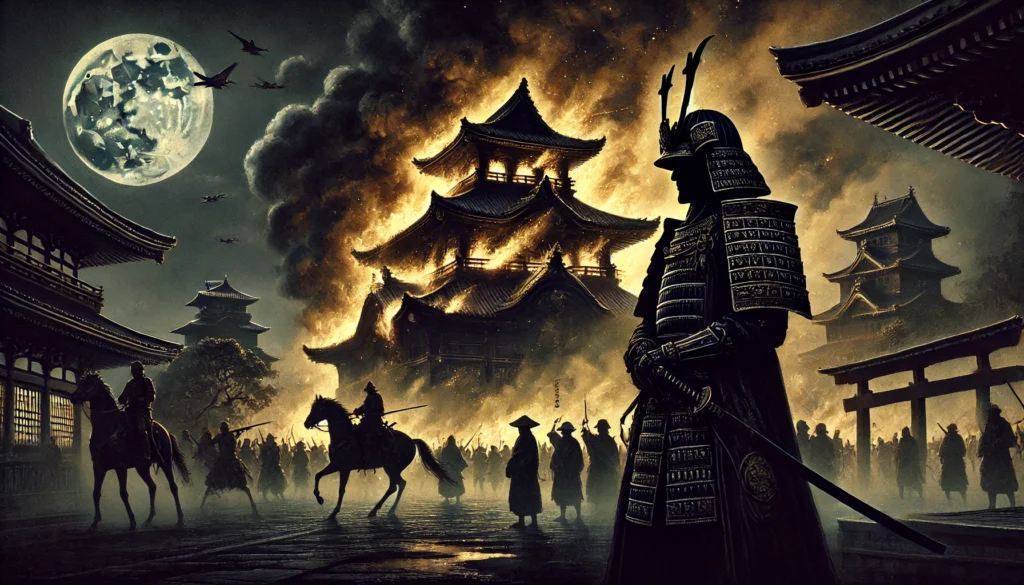
Despite his unstoppable momentum, Nobunaga met his end in one of history’s greatest betrayals. In 1582, his trusted general, Akechi Mitsuhide, launched a surprise attack on Nobunaga while he was staying at Honno-ji Temple in Kyoto.
Unsolved Mysteries of the Honno-ji Incident
Why Did Mitsuhide Betray Nobunaga?
• Revenge Theory → Nobunaga was notoriously harsh on Mitsuhide.
• Tokugawa or Hideyoshi Conspiracy Theory → Some believe Ieyasu or Hideyoshi orchestrated the betrayal.
• Jesuit Involvement Theory → Nobunaga supported Christianity but refused to be controlled by European powers—was this a foreign plot?
Did Nobunaga Really Die at Honno-ji?
• Some legends claim he escaped and lived in hiding, secretly influencing Japan from the shadows.
If Nobunaga had survived, would he have completed the unification of Japan? Would Hideyoshi and Tokugawa have ever ruled? His sudden death changed the course of Japanese history forever.
Conclusion: The Warlord Who Changed Japan
Oda Nobunaga was not just a ruthless conqueror—he was a revolutionary who broke traditions, crushed outdated power structures, and laid the groundwork for modern Japan. His actions were often extreme, but without him, the country might have remained in chaos for centuries.
Key Takeaways
✅ He destroyed religious corruption (Burning of Mount Hiei).
✅ He built a system based on meritocracy (Tenka Fubu).
✅ He showed no mercy to enemies (Brutal executions).
✅ He revolutionized the economy (Rakuichi Rakuza).
✅ He came close to unifying Japan but was betrayed (Honno-ji Incident).
Nobunaga’s legacy remains one of the most fascinating and debated topics in Japanese history. Had he lived longer, Japan’s history could have taken an entirely different path.
Would you have supported him or feared him? Either way, one thing is certain—Oda Nobunaga was not a man of his time. He was far ahead of it.

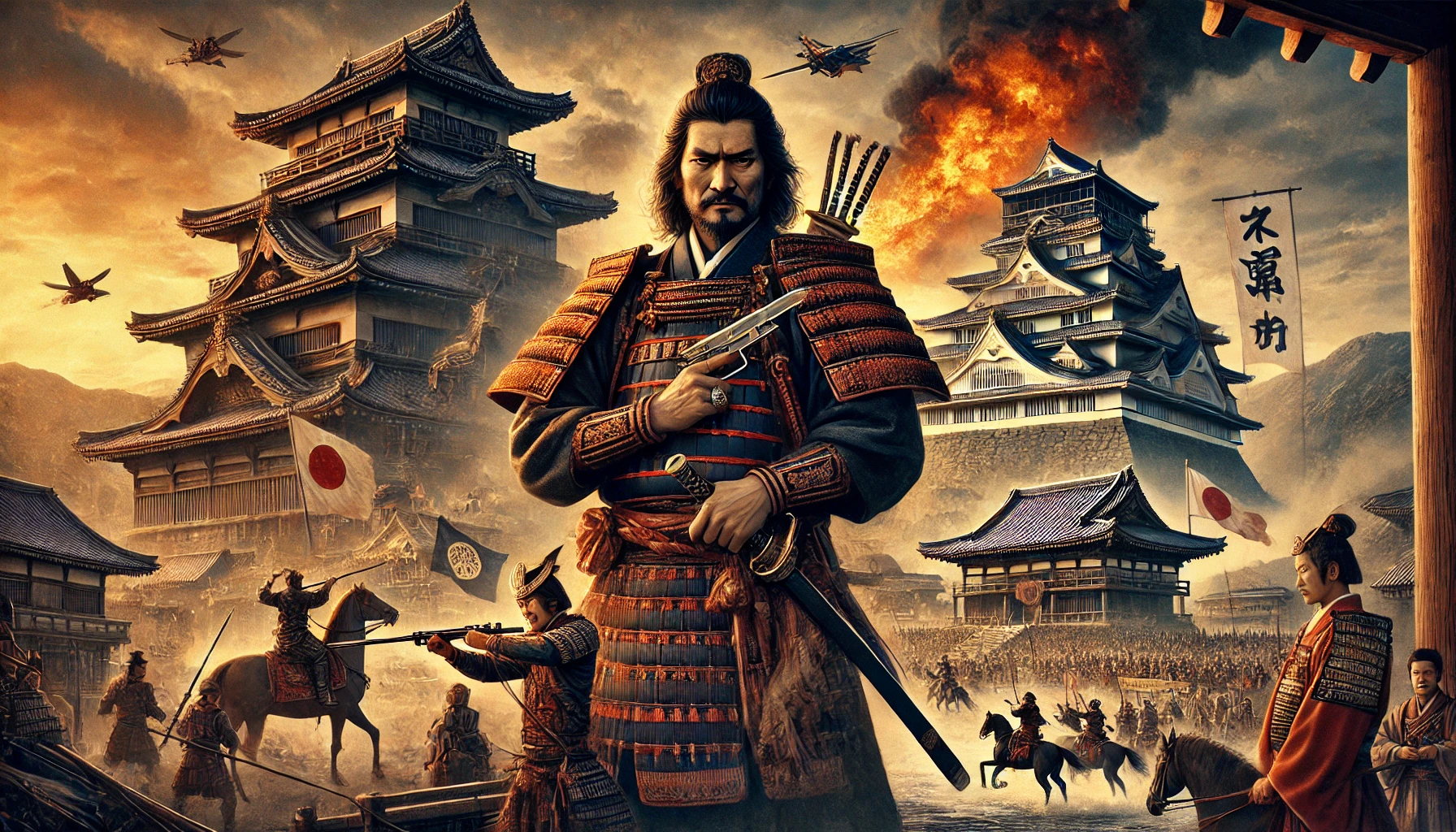


Comments